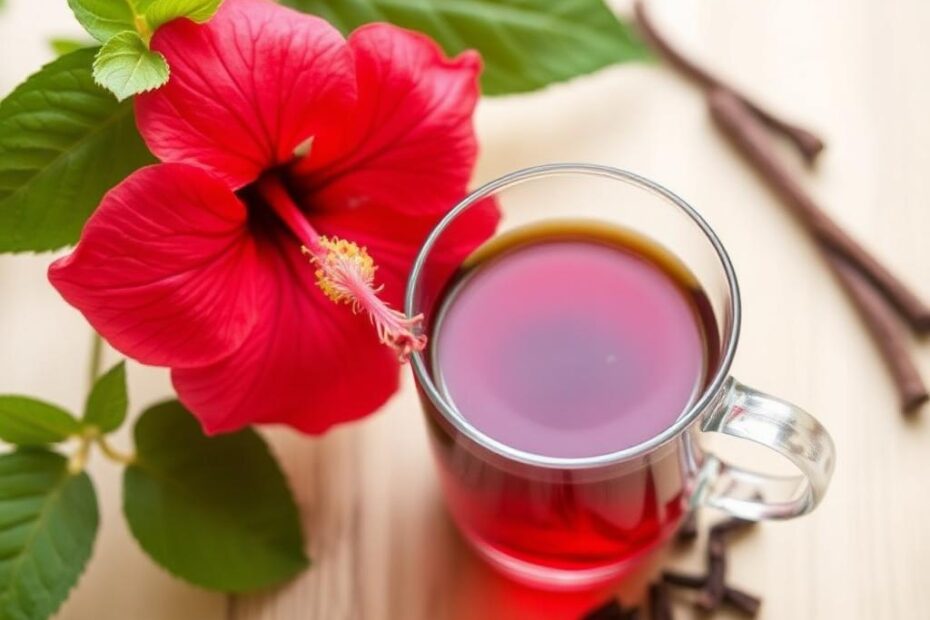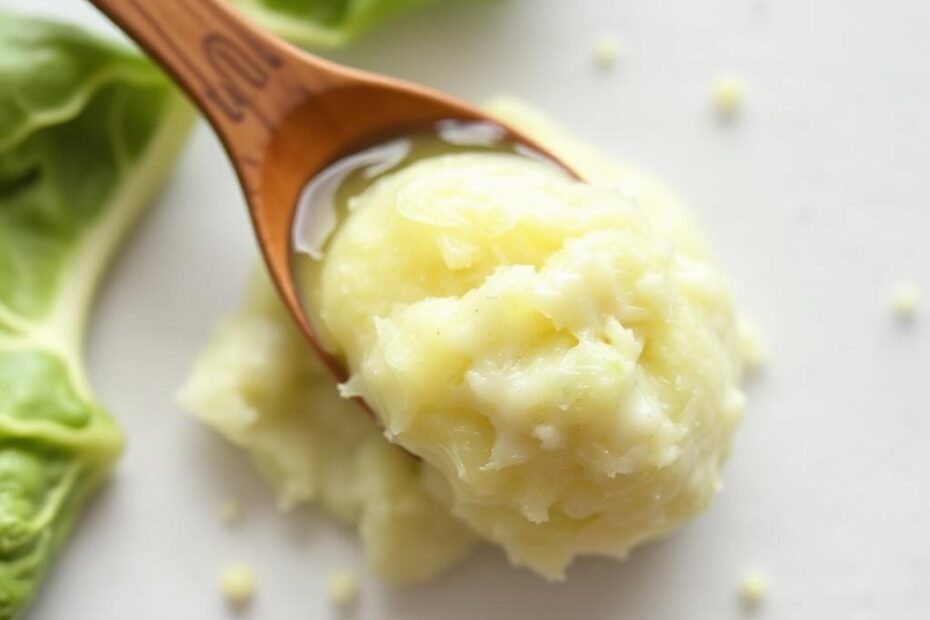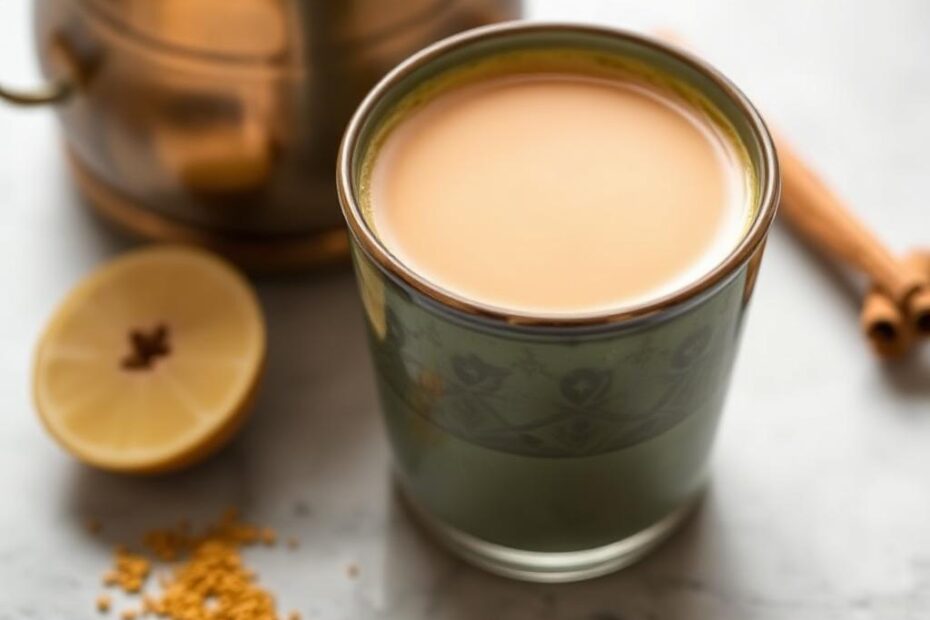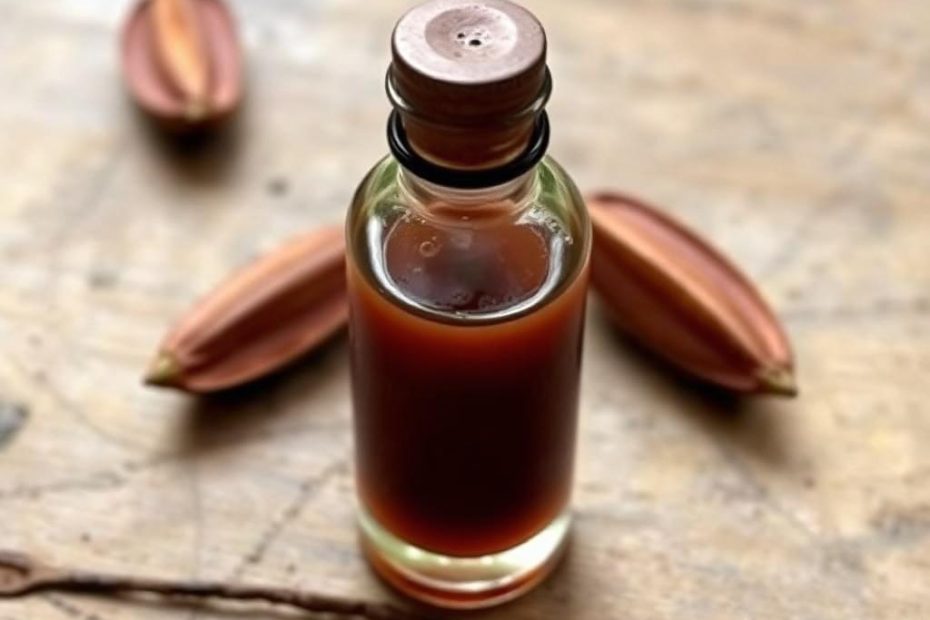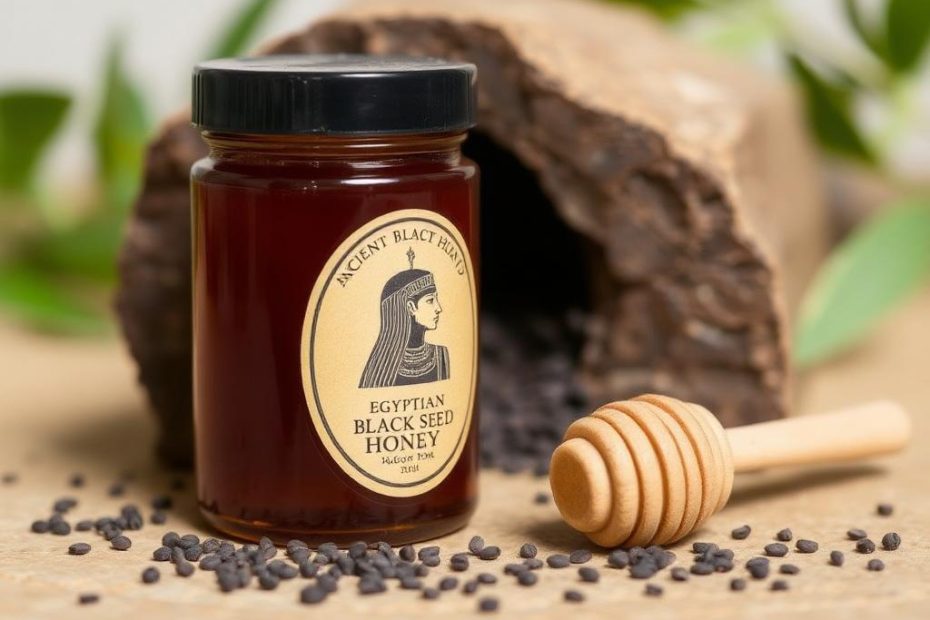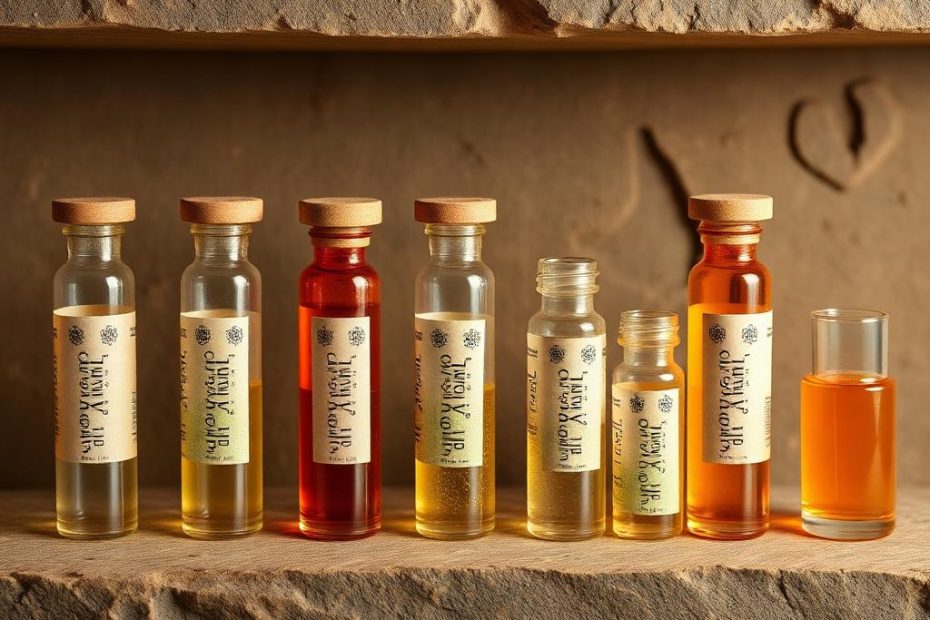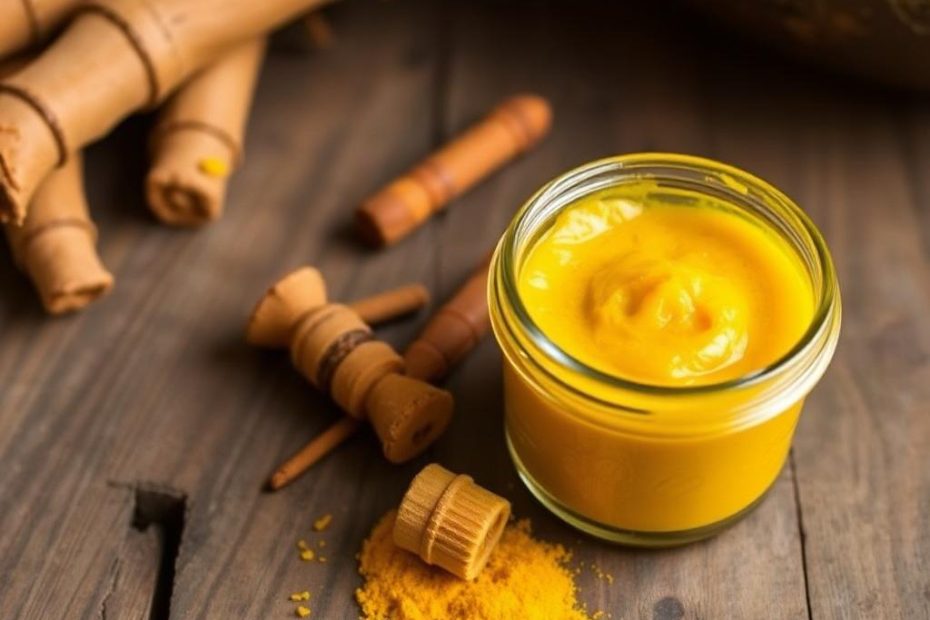Hibiscus and Clove Tea – Ancient Egyptian and Indian Medicine
Context & Origin:Hibiscus tea was consumed in ancient Egypt for its cooling and anti-inflammatory properties. Cloves, used in Indian Ayurveda, contain eugenol, a natural pain reliever and anti-inflammatory agent. Ingredients: Instructions:
